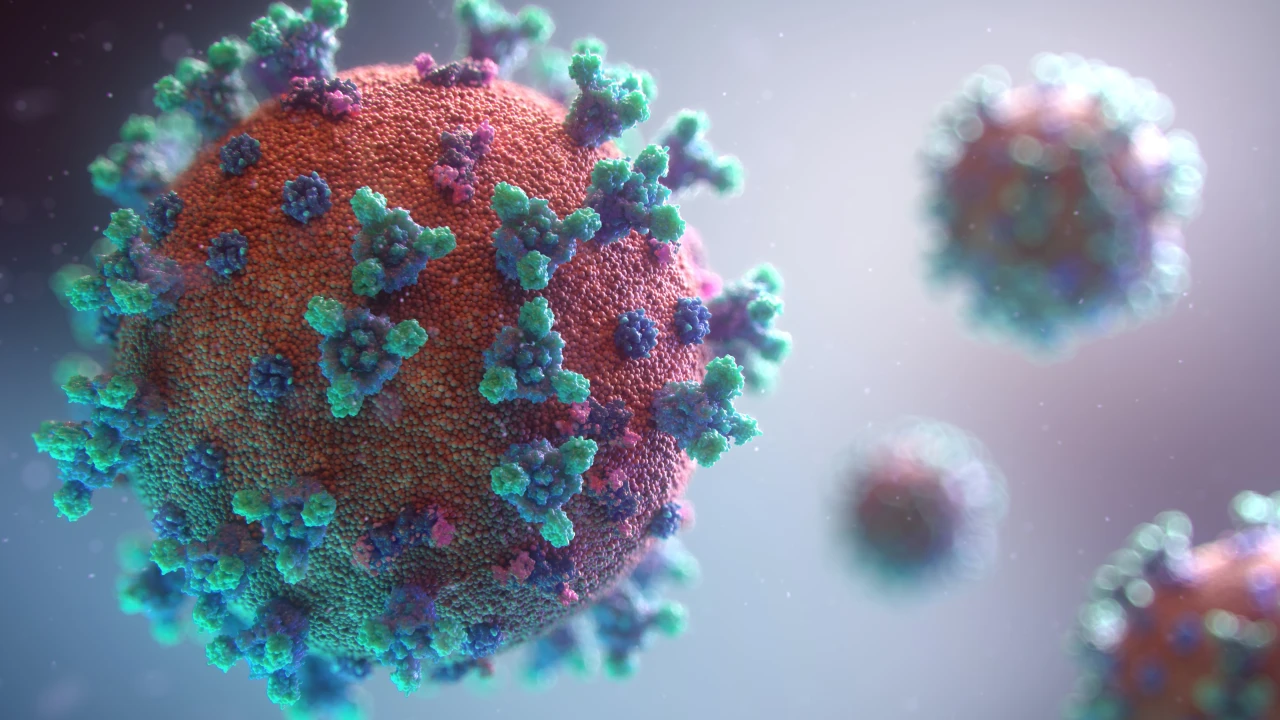Trump administration food box program winds down
The Biden administration is ending a pandemic food box program put in place to bring fresh food to struggling families while giving farmers a market for food they might otherwise have had to throw away during the early disruptions of the pandemic. The Farmers to Families Food Box Program used private distributers to get nearly 167 million boxes of vegetables, fruits, meat, and dairy to food banks and other nonprofits that in turn distributed them to needy people. The program has been popular with the farmers who found a market for their products, but a report from the Harvard Law School Food Law and Policy Clinic and the National Sustainable Agriculture Coalition found significant inequities, inefficiencies, and even contributions to food waste.
When he announced the program’s end at a House hearing in April, Agriculture Secretary Tom Vilsack also pledged that the USDA would continue some aspects of the program, saying, “We’re going to try to take what we’ve learned—the best of [FFFBP]—and incorporate it into our traditional, regular programs, which are very efficient in terms of food distribution.” The FFFBP program was less efficient, he said. Along with high administrative costs, “There was an inadequate accounting of where the boxes were actually delivered. There was a lot of food waste and loss that we uncovered as a result of listening sessions.”
The replacement program, Vilsack said, would be “more efficient and less costly, which means we’re going to have more resources for more food for more people.”
Sen. Cory Booker, the chair of the Senate nutrition subcommittee, highlighted the positive aspects of the program when he met with members of the North American Agricultural Journalists earlier in the month, saying “I also believe that we need to create a permanent USDA specialty crop food box program that pays a fair price to our farmers and delivers fresh fruits and vegetables to communities across our country like mine in Newark, where they are in desperate need for healthy produce.”
While some advocates are hopeful that the USDA can do more to distribute fresh food, others say good riddance. The food box program’s “real purpose was to undermine SNAP,” Marion Nestle wrote, and while much has been made of its role in both supporting farmers and bringing high-quality fresh food to people in need, “In practice, small farmers were quickly dropped from the program, Black farmers were excluded, and people who got the boxes got whatever was in them—not always what was supposed to be in them.”
Either way, the problem of hunger remains very much with us. Over the course of 2021, 42 million people in the U.S., including 13 million children, are likely to experience food insecurity, according to estimates from Feeding America, with 21% of Black people facing food insecurity, while just 11% of white people do.
The Biden administration is taking serious steps to address it. An expansion of nutrition assistance to the very poorest families, as well as added produce purchases for recipients of the Special Supplemental Nutrition Program for Women, Infants and Children (WIC), will reach more people than the Farmers to Families Food Box Program could. There are 25 million people in the families that got a Supplemental Nutrition Assistance Program increase the Trump administration had been fighting in court, and up to 34 million children will get summer food aid.
An effort to take the best aspects of the food box program, make them more efficient, extend them to small farmers and Black farmers, and bring fresh food to families could be a worthy complement to these programs, but nutrition assistance programs that give people choices about where to shop and what food to get must remain at the center of U.S. food aid policy.

